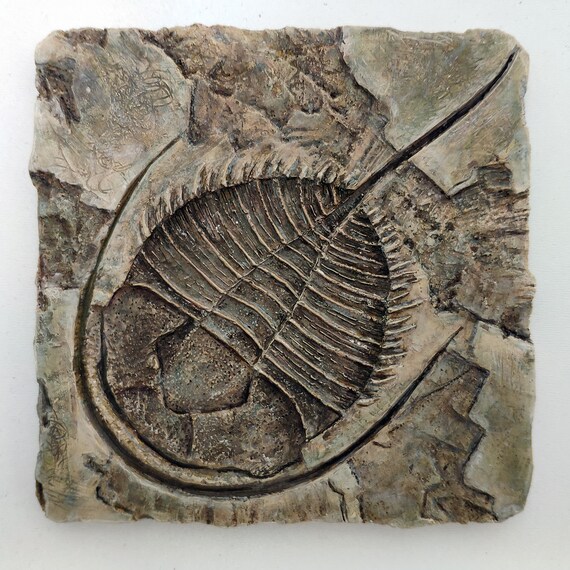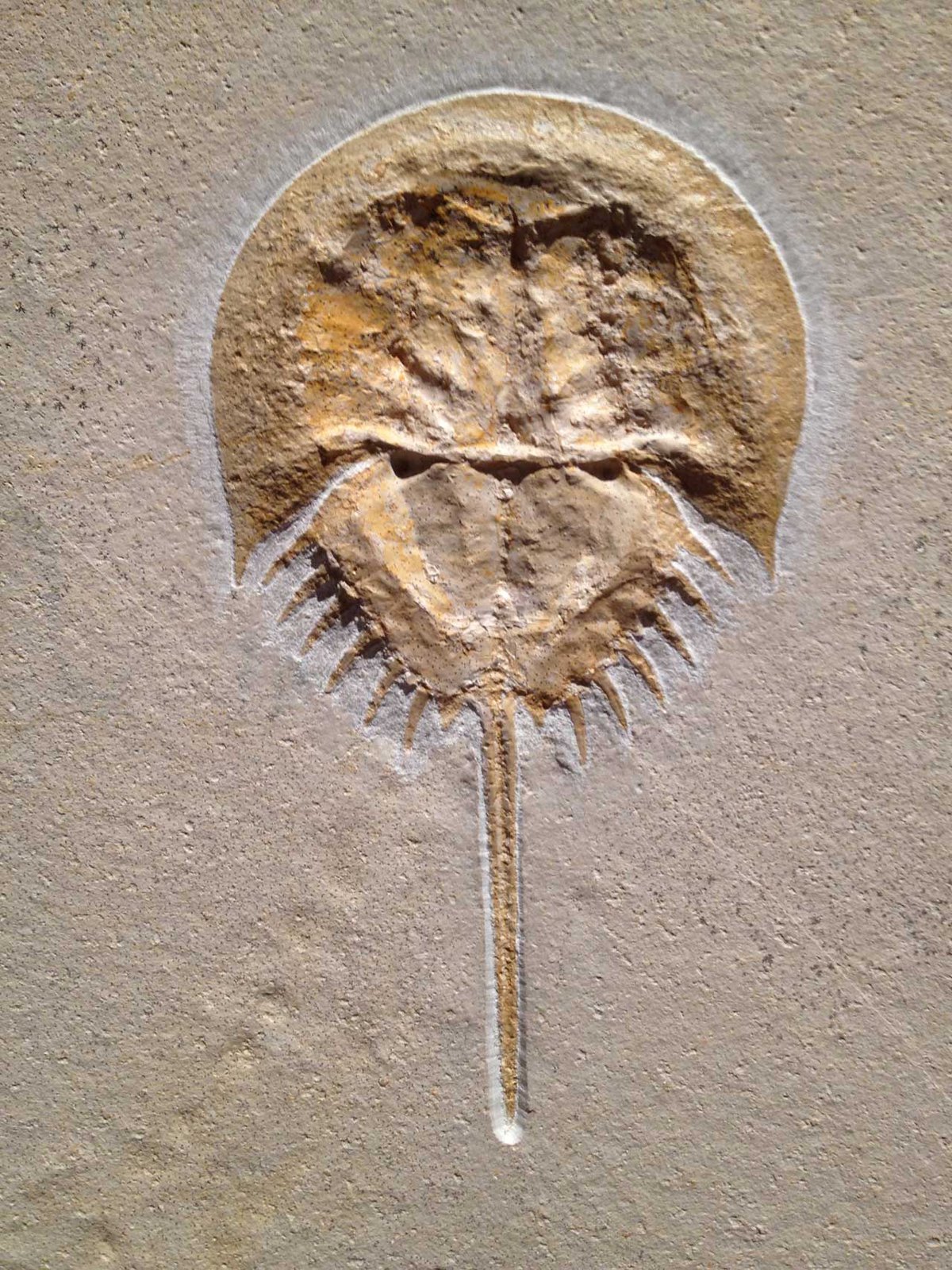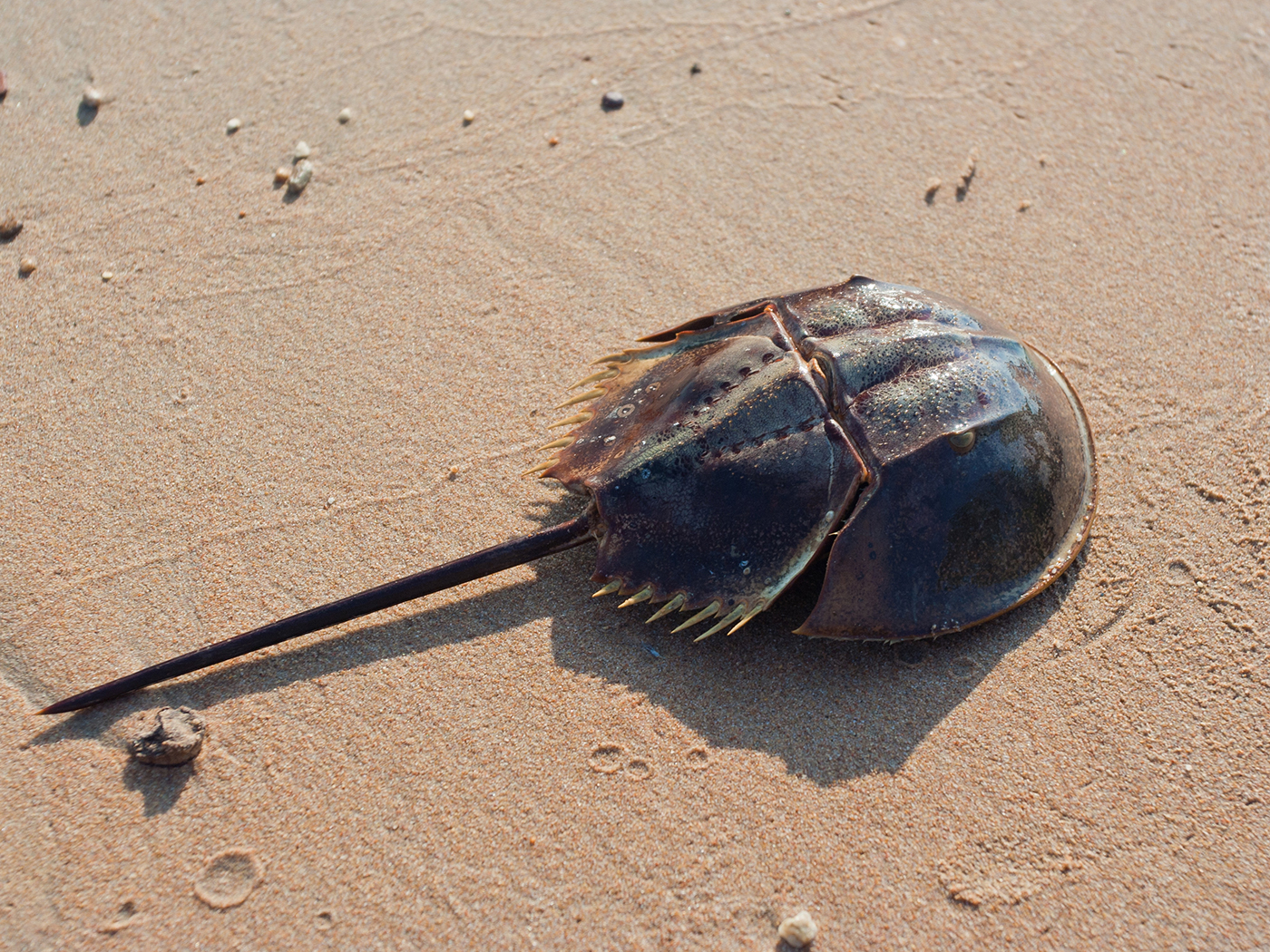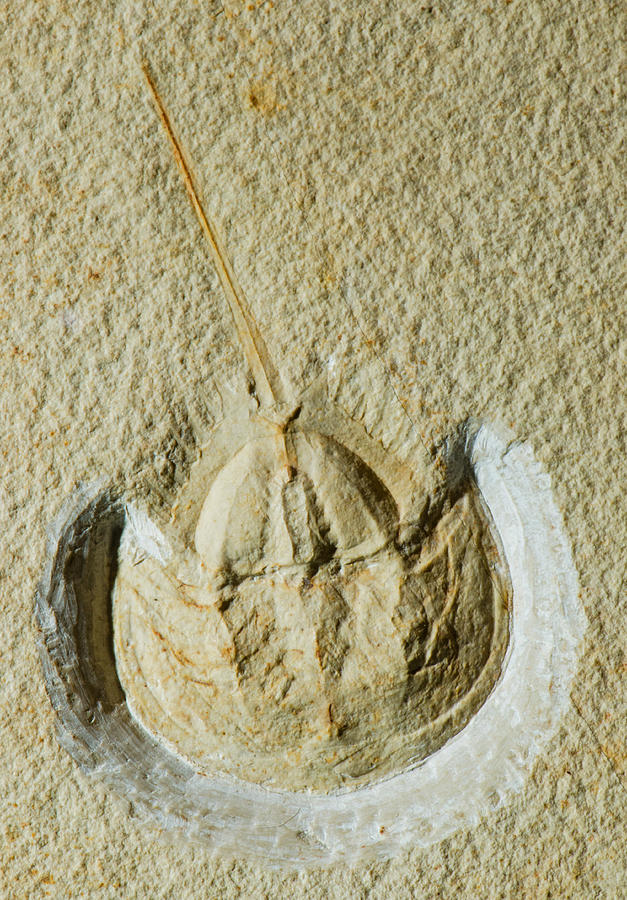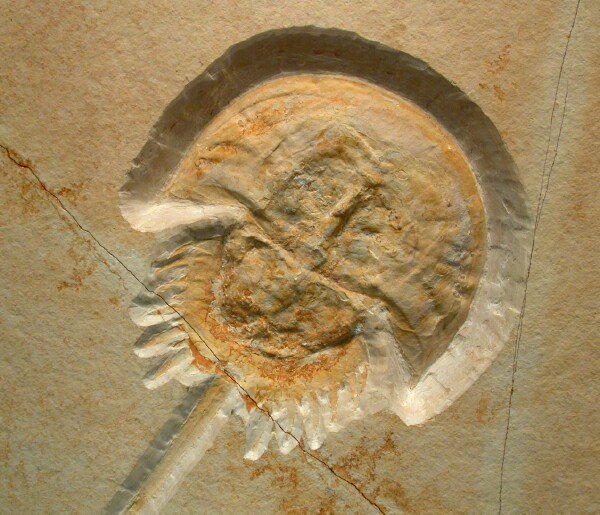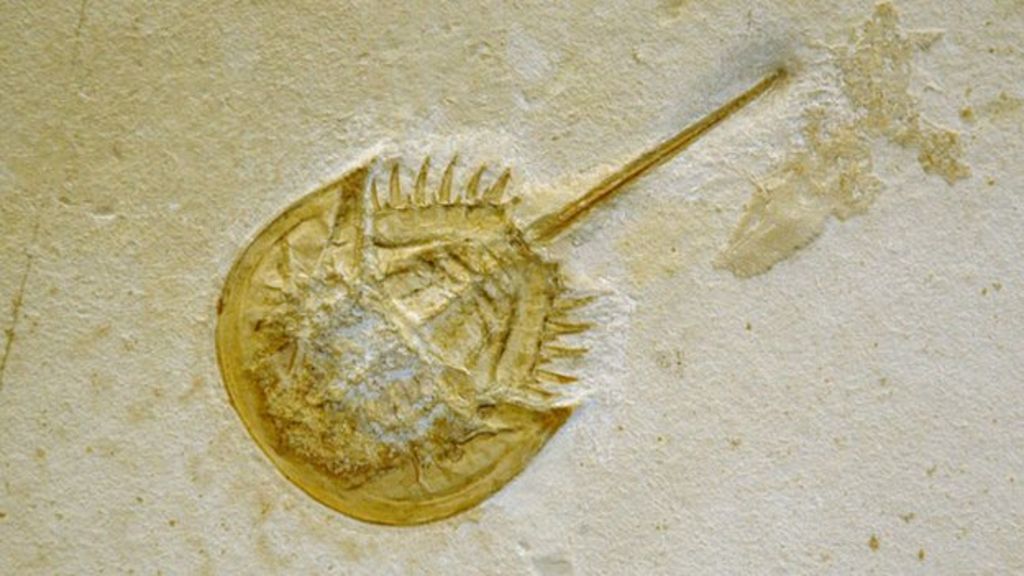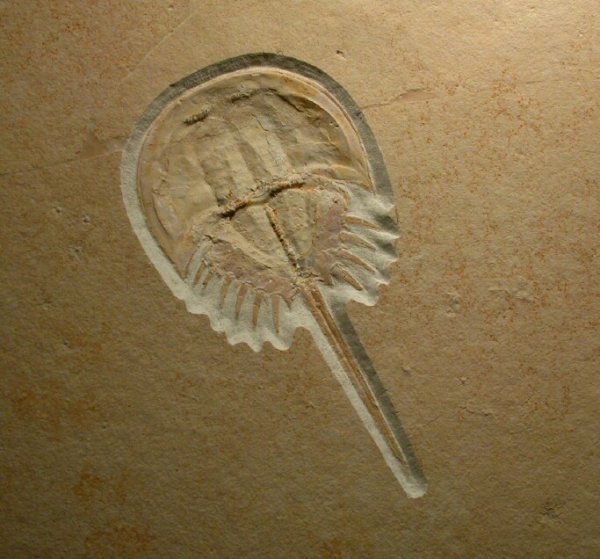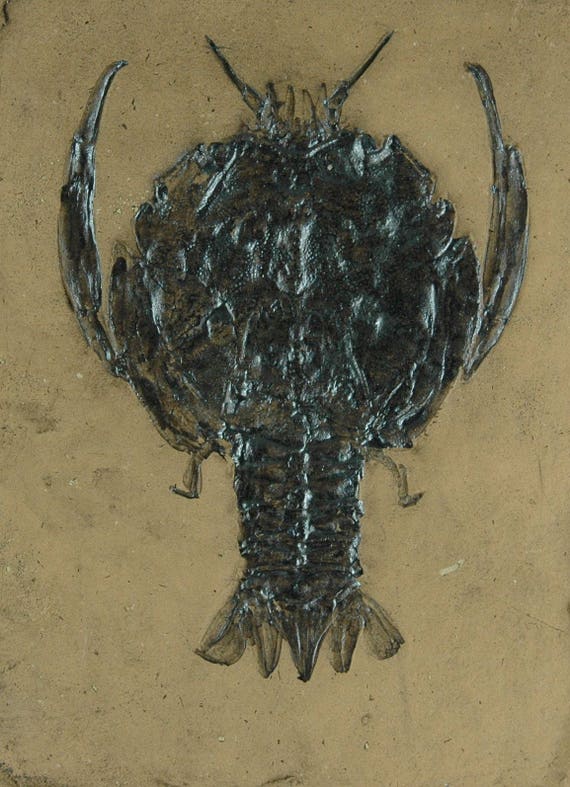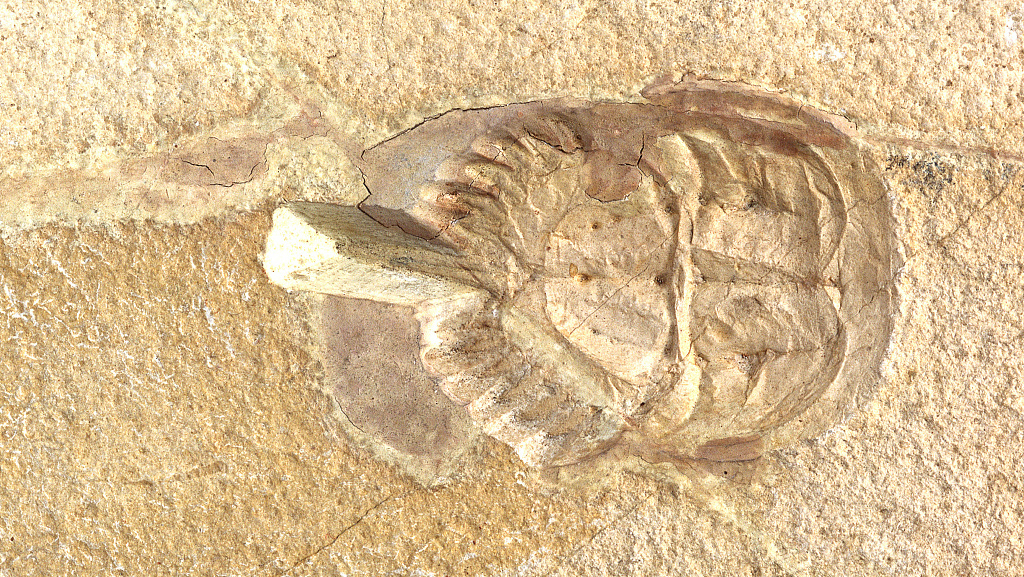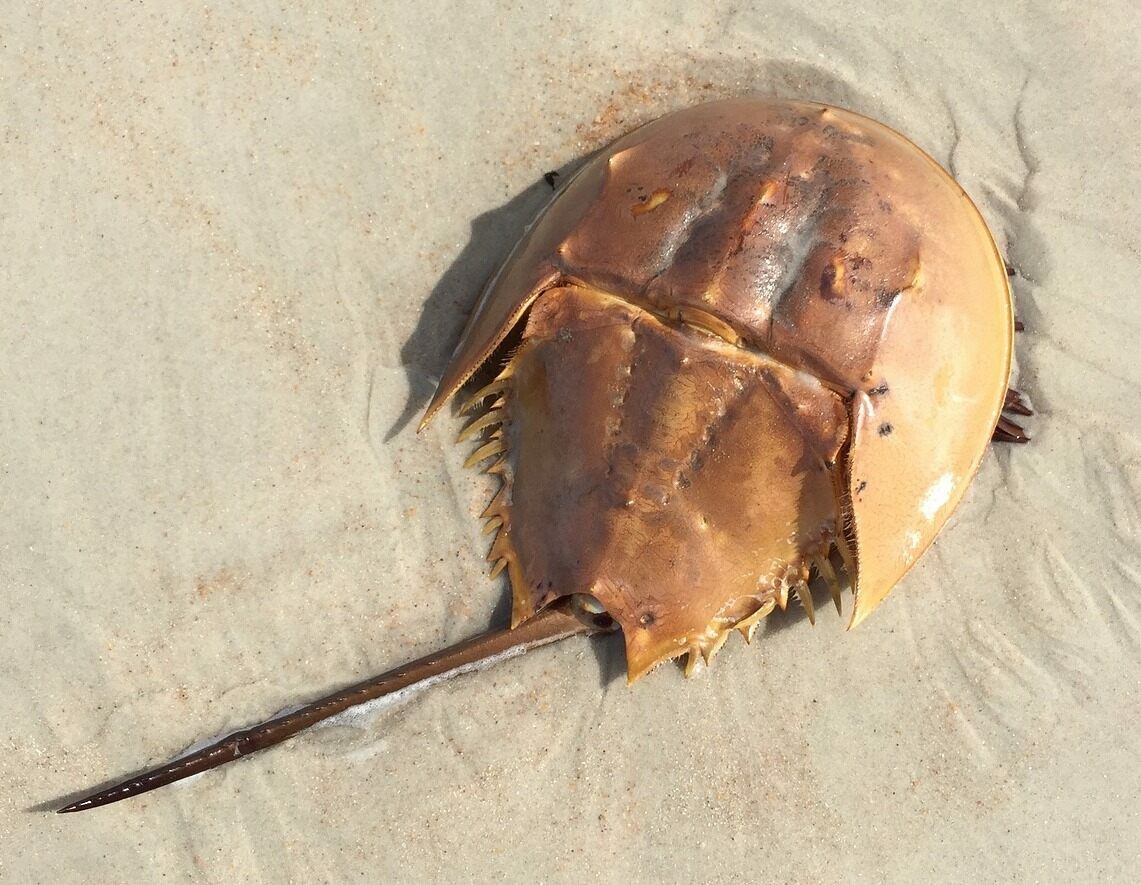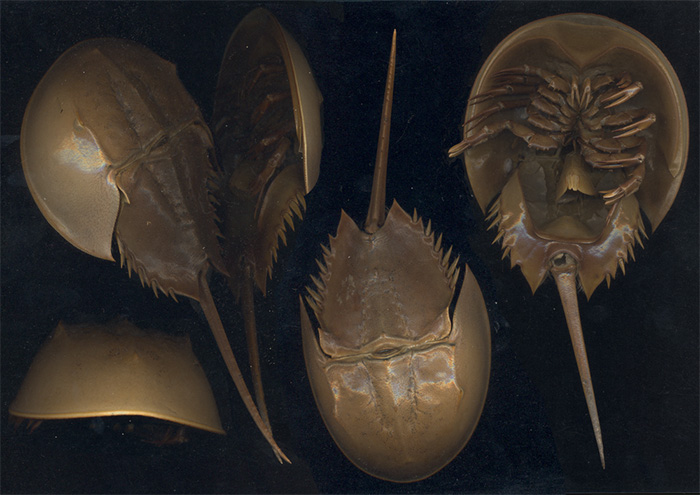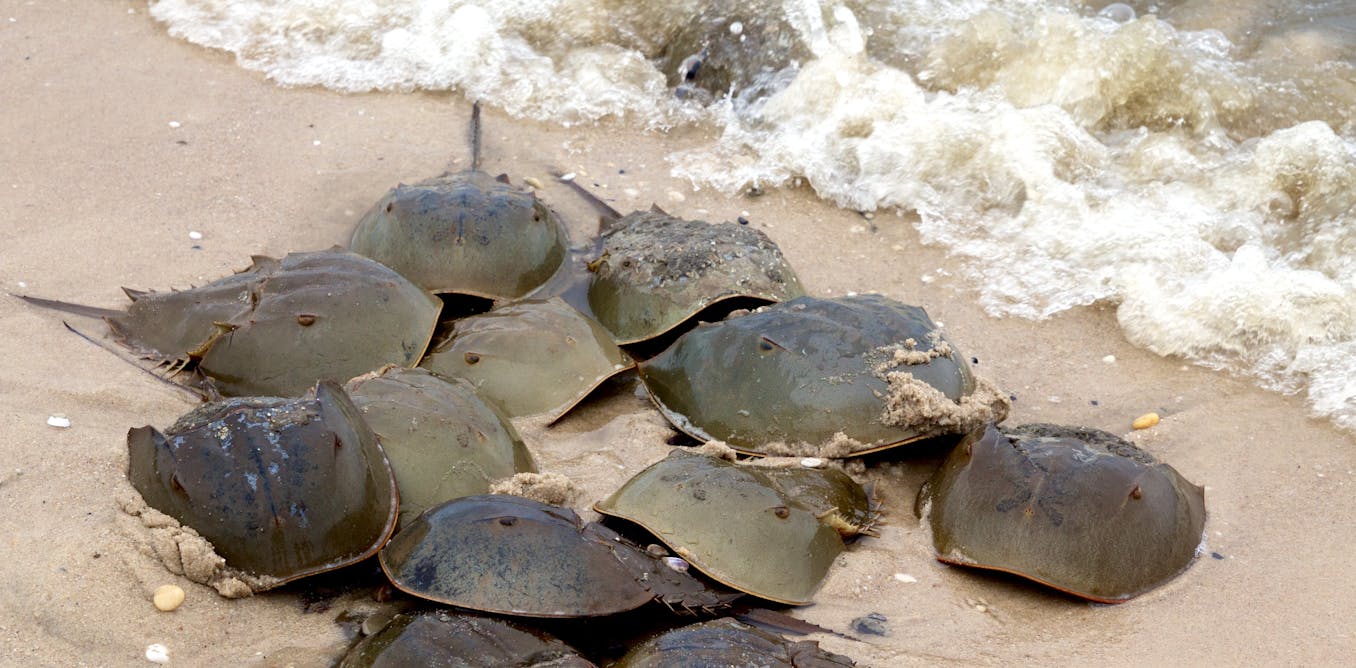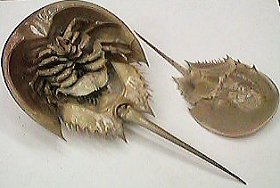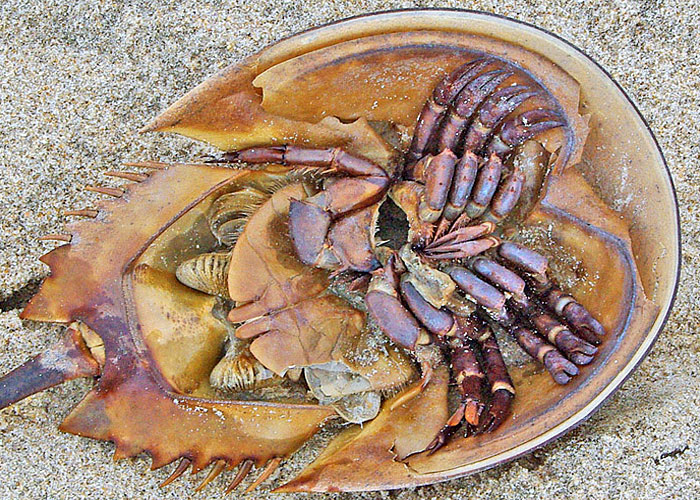Horseshoe Crab Fossil
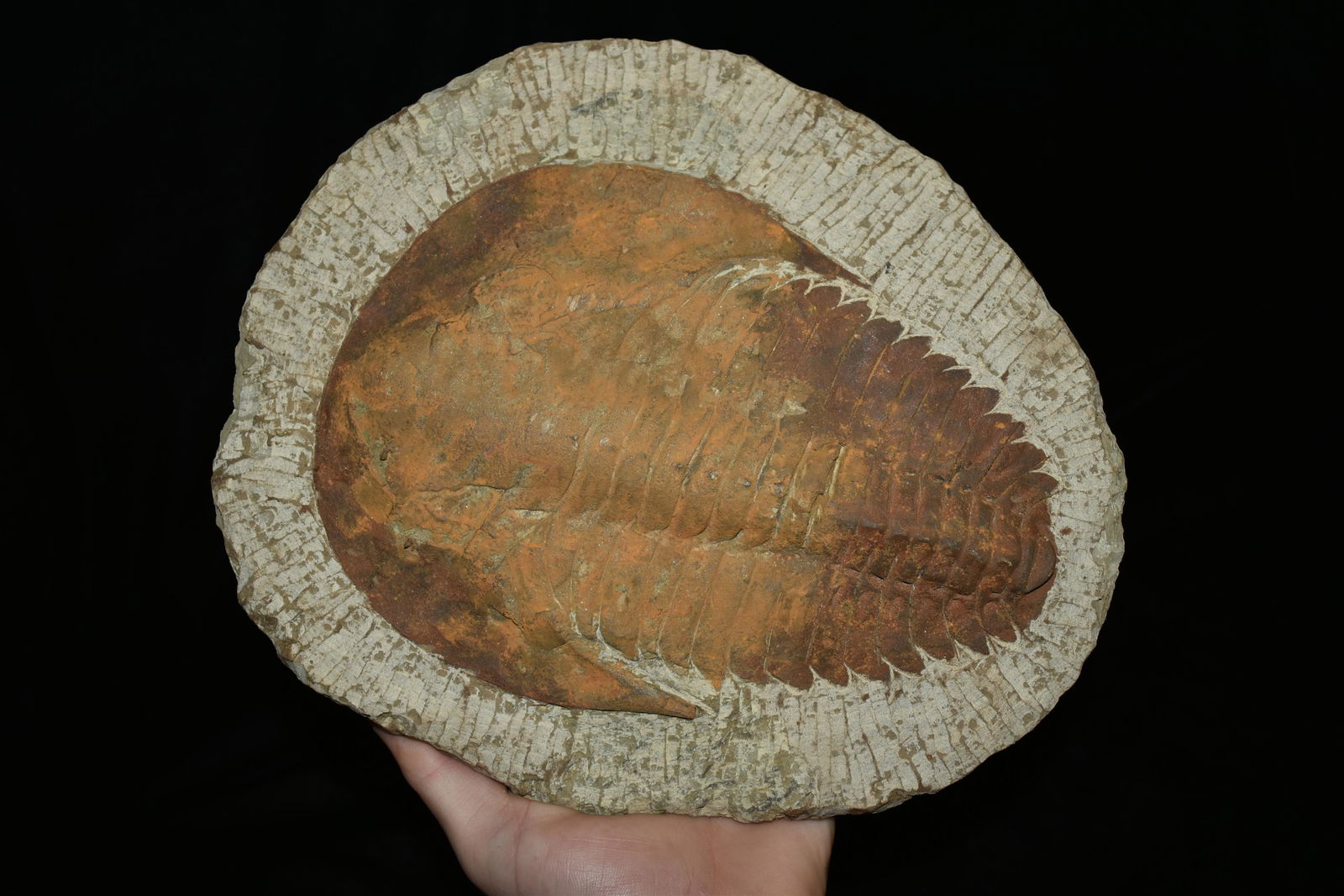
Large fossil horseshoe crab from germany.
Horseshoe crab fossil. The limulidae are the only recent family of the order xiphosura and contains all four living species of horseshoe crabs. This is well over 200 million years before the dinosaurs. Fossilized remains of an extinct species of horseshoe crab named after darth vader because the animal s bizarre shape resembles the star wars character s iconic helmet were discovered in idaho. More recently horseshoe crabs have greatly helped advance modern.
The earliest horseshoe crab fossils are found in strata from the late ordovician period roughly 450 million years ago. Their fossil relatives are recognized as far back as the ordovician period 485 4 million to 443 8 million years ago and forms similar to modern day horseshoe crabs date back to the jurassic period 201 3 million to 145 million years ago. Using ct scans scientists at west virginia university have now dissected an exceptionally preserved fossil and found evidence that sea scorpions or eurypterids breathed. Horseshoe crabs are living fossils meaning they have existed nearly unchanged for at least 445 million years well before even dinosaurs existed.
Horseshoe crabs are an extremely ancient group and are often referred to as living fossils. Horseshoe crabs are not actually crabs at all they are much more closely related to spiders and other arachnids than they are to crabs or lobsters. The fossil of a newly discovered crab that lived more than 500 million years ago has been named after the millennium falcon the starship that ford s character han solo flew during star wars. Fossil records for horseshoe crabs extend back about 480 million years.
At least these ancestors of horseshoe crabs and arachnids which lurked in carboniferous seas long before humans appeared weren t actually around to take them apart. Fossil crab galena bispinosa pliocene queensland australia beautiful. Previous studies of xiphosurida of the families paleolimulidae mesolimulidae and limulidae of the limulacea sensu have revealed mainly time related distinguishing features which have been based on often inconsistent phylogenetic and taxonomic criteria. The fossil horseshoe crabs were recovered in the course of fieldwork studies on ancient tropical seashore deposits providing yet another important link to their modern descendants that are today.
The american horseshoe crab is a common sight on florida s beaches.
